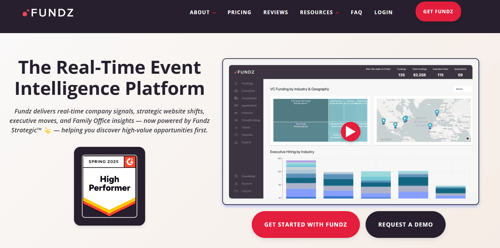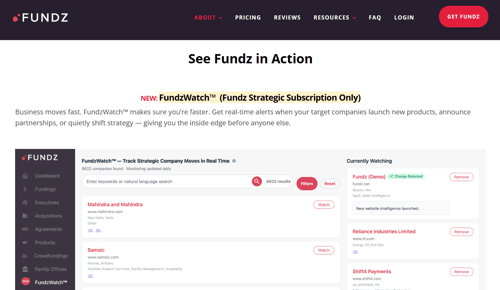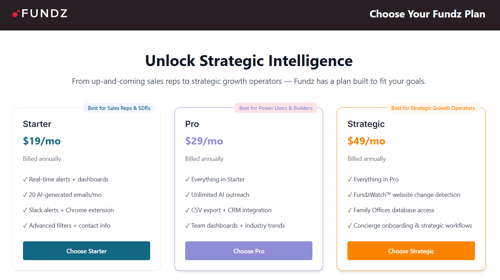
Running a SaaS business is no walk in the park. There’s always something happening—whether it's product development, acquiring new customers, or scaling up. And then, of course, you need to keep everything running smoothly.
But here’s the thing: even with all these moving pieces, one of the biggest obstacles to growth is making avoidable mistakes. It’s easy to fall into common traps, like missing the mark on user experience, communication, or infrastructure.
The good news is, you don’t have to reinvent the wheel. By learning from the mistakes others have made, you can sidestep these pitfalls and set your business up for success.
Let’s understand four of the most common mistakes and how you can avoid them.
1. Neglecting a User-Friendly Website and Onboarding Experience

One of the biggest mistakes many SaaS businesses make is focusing too much on the backend of their platform while ignoring the user-facing side of things. A confusing or unattractive website can drive customers away, and an overly complicated onboarding process can make users frustrated before they even get started.
An intuitive, easy-to-navigate website is essential. Your website should clearly showcase your product's features, benefits, and how it helps solve your customers’ pain points. Additionally, a smooth, simple onboarding process is crucial for converting trial users into paying customers.
That’s where a B2B SaaS Webflow Agency can make a huge difference. Webflow is a powerful design and development tool that allows you to create professional, responsive websites quickly and efficiently.
In fact, many Webflow development agencies focus specifically on crafting high-converting SaaS websites, combining strategic design with seamless functionality to deliver measurable business results.
A specialized agency can help you design a sleek, easy-to-use landing page that will immediately engage visitors. It will also encourage them to take the next step, whether it’s signing up for a trial, scheduling a demo, or simply exploring your features. A well-designed landing page or onboarding flow is essential to boost conversions and reduce churn.
2. Failing to Provide Clear Value Propositions

One more mistake that could scare away potential clients is not clearly communicating the value of your product. If prospects cannot quickly understand how your SaaS product can solve their problem or make their lives easier, they will probably move on to a competitor that communicates its value better.
The value proposition of your service needs to be very clear, and it needs to communicate your core product. It should answer the basic question: Why should I use your service? A vague or overly technical description of your product just doesn't cut it. You should keep it clear, concise, and specific to what makes your service special.
So, make sure there is a value proposition used across your marketing, such as in your email marketing or social media posts. Customers want to know what they're getting and how it is going to help them. If you make it easy for customers to understand the value of your offering, they are more likely to convert.
3. Lack of Scalability in Your Infrastructure
A lot of SaaS businesses launch with a setup that works well, at first. It’s simple, it gets the job done, and it keeps costs low. But as your user base grows, that same setup can start to show cracks. Suddenly, pages take longer to load. Features don’t respond as quickly. And customers? They notice.
That’s why thinking about scalability early on isn’t just smart—it’s necessary. Your system should grow with you. Whether that means switching to a more powerful server, adding a load balancer, or just preparing your backend to handle more data, it’s easier to build with growth in mind than to fix things in a panic later.
Bring in developers who understand this. A solid, scalable setup keeps your platform fast, your users happy, and your team focused on what matters most.
4. Overcomplicating Pricing Models

SaaS businesses often make the mistake of overcomplicating their pricing models. They offer multiple plans with too many features, making it difficult for potential customers to understand which plan is right for them. This confusion can lead to missed opportunities and abandoned carts.
To avoid this, focus on simplicity. Offer clear, easy-to-understand pricing tiers with distinct features and benefits. Your potential customers should be able to quickly figure out which plan best fits their needs, without having to spend too much time analyzing the details. Simplifying your pricing will also increase the chances of converting visitors into paying users.
For example, a tiered pricing model that offers a basic plan for beginners, a professional plan for growing teams, and an enterprise-level plan for larger companies is a simple way to cater to different user needs. Avoid overwhelming potential customers with too many options—clarity is key.
Grow and Scale Your SaaS
Avoiding these common mistakes will allow your SaaS business to grow and scale more efficiently. By focusing on user experience, clear communication, customer support, scalable infrastructure, and simple pricing models, you’ll put yourself in a much stronger position for success. Keep improving, learning from others, and leveraging the right tools to ensure your SaaS business thrives.